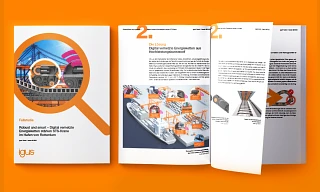Change Language :
Pre-assembled energy chain ensures energy and data transmission in crane construction
Profile

Robust and smart – How digitally networked energy chains strengthen STS cranes in the port of Rotterdam
Free case study for downloadThis case study clearly describes how EMO B.V. was able to achieve mileages of over 375,000km on its STS cranes with igus chains for cranes®.
Contact us
Contact details
igus® UK01604 677240Submit form
Opening hours
Office hours
Monday to Friday from 8 am - 8 pm.
Live chat:
24h
